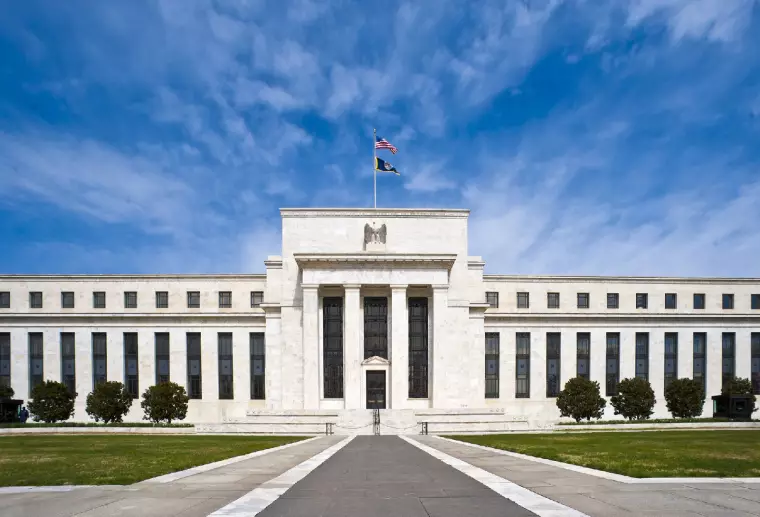No more “forward guidance” policy; today, central banks depend on data. And this is bad news for the markets. With monetary policy now more uncertain than ever, massive financial movements can occur at any moment. In this context, what policy to expect from these institutions, a week before their monetary policy meetings?
Fed: uncertainty reigns
We think the consensus is far too bullish on inflation dynamics. Most central banks will therefore be forced to tighten interest rates further than expected. And this should be the policy adopted by the US Federal Reserve (Fed) next week at its monetary policy committee (FOMC).
The market expects a pause followed by a 25 basis point hike to take interest rates to 5.25 – 5.50% on July 26 followed by another pause in September. In our view, the FOMC’s decision is much more uncertain.
Certainly, elements plead for a break in this month of June. Leading indicators and proxy data (notably the Chicago PMI manufacturing index) confirm that the risk of recession is increasing significantly. But on the other side of the spectrum, the latest employment figures indicate that tightening may be needed to ensure that inflationary pressures do not reappear. Indeed, the latest employment data in May surprised with nearly 340,000 jobs created against 195,000 expected. So that would argue for at least one or two more rate hikes.
The Fed’s monetary policy committee is much more afraid of not doing enough than of doing too much to fight inflation. We favor the following scenario: an increase in June and July before pausing. A drop in rates, expected by the market in November, is to be ruled out in our view. An abnormally high level of monetary uncertainty is likely to increase volatility in the short-term foreign exchange market (which so far has remained contained) and favor the US dollar. However, it is still too early to tell if traders’ ongoing rebalancing in favor of the greenback will last.
“Spring fatigue” rages in the euro zone
On the other side of the Atlantic, there is almost no uncertainty as to the outcome of the European Central Bank’s (ECB) monetary policy meeting next week. After a good start at the start of the year, the economy of the euro zone is undergoing significant spring fatigue. The Sentix index of investor confidence, which provides an overall view of the economic state of the euro zone, fell significantly by 4.4 points to -13.1 in May. Without a doubt, the Eurozone economy has fared better than many feared in the fall. However, the specter of energy shortages still looms large. Inflation remains incredibly high and is hampering consumer spending.
All of this contributes to a gloomy economic climate. With inflation still the main concern, the ECB has every reason to raise interest rates by 25 basis points next week. This is already factored into market prices. On the other hand, although interest rates continue to rise, we see no risk of financial fragmentation in the Eurozone.
PEPP (Pandemic Emergency Purchase Program) reinvestments keep rates under control. The ECB recently confirmed that it had continued to buy Italian debt for an amount of 3.2 billion euros in April and May. This makes Italy the largest cumulative beneficiary since June 2022. This should continue and thus avoid a repeat of the 2012 debt crisis: another reason why the ECB could continue to raise short-term rates.
This article is originally published on boursorama.com


